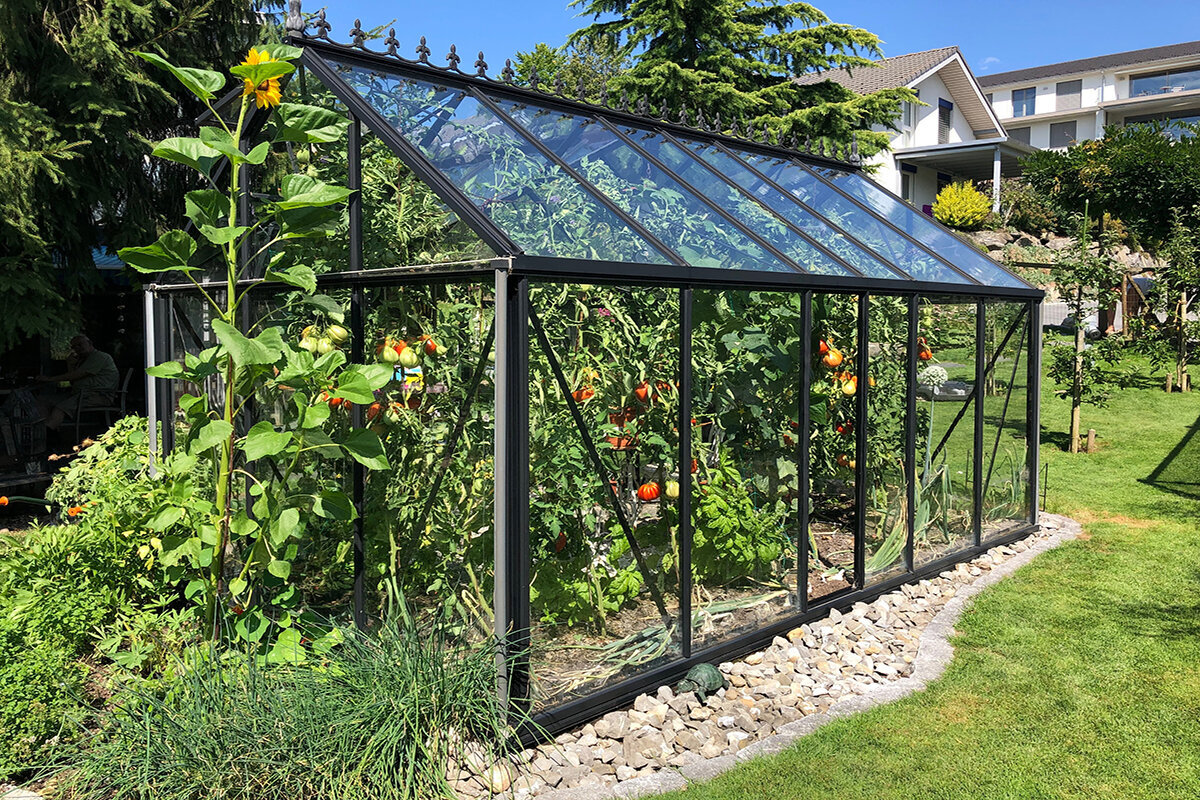How to Plan a Greenhouse Layout for a Beautiful and Comfortable Gardening Experience

Planning the layout of your aluminum greenhouse is essential to create a space that is both beautiful and functional. A well-organized greenhouse maximizes space usage, promotes healthy plant growth, and ensures a comfortable environment for gardening. In this article, we explore tips and strategies for designing the perfect greenhouse layout, with a focus on plant placement, pathways, and aesthetics.
Understand Your Space
Before you start planning the layout of your aluminum greenhouse, it’s important to understand the dimensions and characteristics of the structure. Aluminum greenhouses are known for their durability and versatility, making them ideal for a wide range of plants. Measure the available space and consider the height, width, and length. This helps you determine how much room you have for plants, walkways, and storage.
Key Considerations:
- Light: Ensure that plants are placed where they can receive adequate sunlight. Taller plants should be positioned at the back or sides, with shorter plants in front to prevent shading.
- Ventilation: Good airflow is crucial for plant health. Plan your layout to allow for cross-ventilation by keeping taller plants away from ventilation openings.
- Water Access: Arrange plants so they are easily accessible for watering. Consider installing an irrigation system to make this process more efficient.
Zones in Your Greenhouse
Dividing your aluminum greenhouse into zones can help you manage different types of plants more effectively. For example, you could have one zone for seedlings, another for mature plants, and a third for vegetables or flowers that require specific growing conditions.
Zone Tips:
- Temperature Zones: Some plants prefer warmer conditions, while others thrive in cooler environments. Group plants with similar temperature needs together.
- Humidity Zones: Plants that require a lot of water should be placed together, separated from those that prefer drier conditions.
- Height Zones: Arrange plants by height to optimize light distribution and accessibility.
Pathways and Accessibility
Designing clear and accessible pathways is crucial for comfortable gardening. Ensure that the pathways are wide enough to accommodate gardening tools, wheelbarrows, or carts. The pathways should also allow for easy movement between different zones without disturbing the plants.
Pathway Suggestions:
- Central Path: A wide central path provides easy access to all areas of the greenhouse.
- Side Paths: Narrower side paths can lead to specific zones or planting beds, allowing you to get closer for care and harvesting.
- Raised Beds: Consider using raised beds along the paths for better drainage and easier access to the plants.
Aesthetic Considerations
While functionality is important, aesthetics also play a significant role in creating a pleasant gardening environment. A well-designed greenhouse layout should be visually appealing, with a balance of colors, textures, and plant varieties.
Aesthetic Tips:
- Color Coordination: Choose plants with complementary colors and textures to create a harmonious look.
- Vertical Gardening: Utilize vertical space by growing climbing plants or using shelves for potted plants. This not only adds visual interest but also maximizes space.
- Decorative Elements: Add decorative elements such as benches, sculptures, or water features to enhance the beauty of your greenhouse.
Efficient Use of Space
Maximizing space usage is key to a successful greenhouse layout. Aluminum greenhouses are particularly suited for this, as their strong frames allow for the use of hanging baskets, shelves, and tiered planters to make the most of vertical space. This approach enables you to grow more plants without overcrowding the ground level.
Space-Saving Ideas:
- Hanging Baskets: Ideal for plants that don’t require much root space, hanging baskets free up ground space for larger plants.
- Shelving Units: Use shelves to store pots, tools, and smaller plants. Adjustable shelves can be modified as your plants grow.
- Tiered Planters: Tiered planters are perfect for growing multiple plants in a small area, making them ideal for smaller greenhouses.
Planning a greenhouse layout requires careful consideration of space, plant needs, and aesthetics. By understanding your space, dividing your aluminum greenhouse into zones, creating accessible pathways, and optimizing space usage, you can create a beautiful and comfortable gardening environment. Whether you are an experienced gardener or just starting out, a well-planned greenhouse layout will enhance your gardening experience and help your plants thrive.

